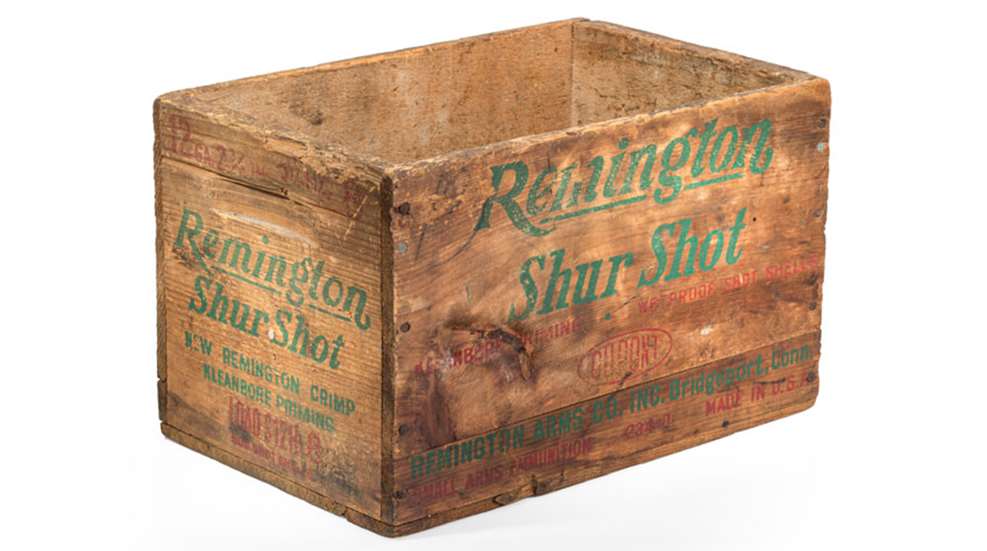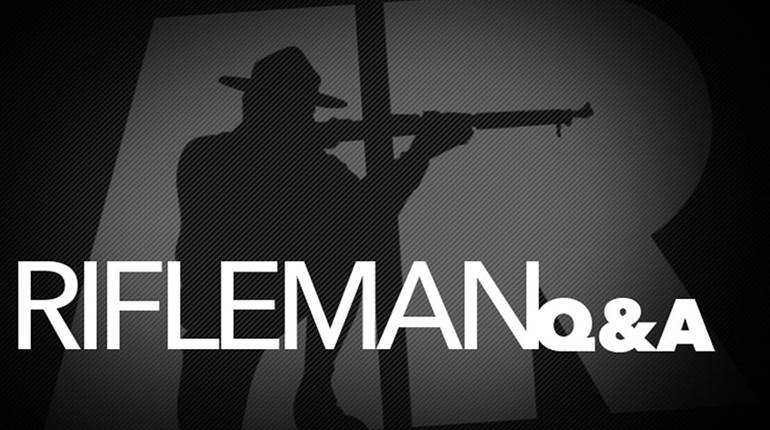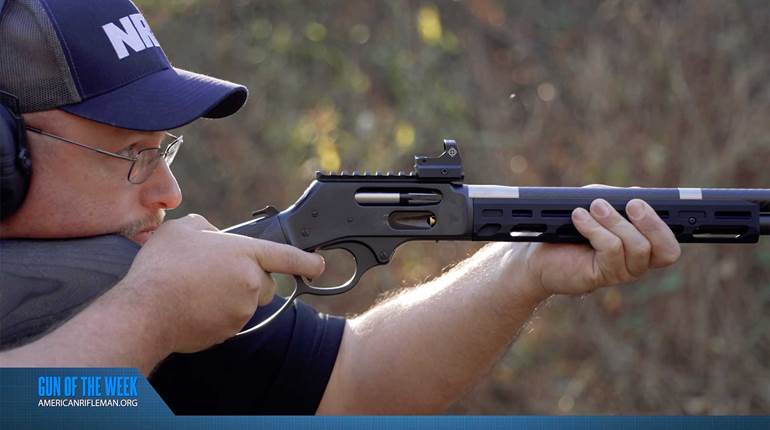
Q: I found an old wooden box in my barn that once held Remington shotshells. It’s marked “Remington Shur Shot” and features a DuPont logo, along with the phrases “New Remington Crimp” and “KleanBore Priming.” Can you tell me anything about it and when it was made?
A: Many of these old shotshell crates are still around being used as crates to organize things. Determining the exact details on one’s history can be a bit tricky, as more collectors and shooters are interested in what’s inside the box rather than the box itself—although there is a dedicated group of collectors of the wooden boxes themselves. Very little exists in the way of specific information, but the photos you’ve provided give us some clues as to this crate’s origins.
The first clues to its vintage are the Remington and DuPont logos. Prior to 1933, Remington and Union Metallic Cartridge Co. existed as a single brand called “Remington UMC,” an arrangement dating from 1888 and represented through a sunburst logo on its marketing material. DuPont purchased a controlling interest in Remington in 1934, adding its oval-shaped logo to the company’s marketing material while removing the “UMC” from its name. Vestiges of this UMC merger can still be found in the company’s marketing material today, like its UMC line of handgun ammunition.
“Shur Shot” is a Remington brand that emerged in the 1920s and continues to the present day, which gives us a pretty wide date range. As technology advanced, Remington highlighted innovation added to its shotshells, and this helps us date the packaging. Remington first marketed its non-corrosive “KleanBore” feature in its 1930 catalog, which pre-dates the change from “Remington UMC” to just “Remington.”
The “New Remington Crimp” line narrows the date range down quite a bit. The company announced this new feature in its 1947 catalog and marketed it alongside its “Kleanbore” powder. The crimp prevented “blown” patterns by allowing shotshells to open up cleanly and consistently, and Remington highlighted its ability to provide a “perfect pattern with every shot.”
The “New Remington Crimp” soldiered on as one of Remington’s selling points until 1962. At that time, the company rolled out its revolutionary polyethylene shotshell body, replacing the corrugated cardboard shotshells then in use. The new shells were loaded with the “finest progressive-burning powder in new plastic shells,” and they were sealed with Remington’s “exclusive Rib-Lokt crimp.” Thus ended the reign of the “New Remington Crimp,” and so started the production of the plastic shotshells we see today.
Your wooden Remington shotshell box, therefore, left the factory at some point between 1947 and 1962. Today, these boxes command collector interest, mostly for high-condition examples. Those that have been around the block, such as yours, have a decorative appeal desirable due to their rustic appearance—and are still functional as storage boxes.



































